If you’re asked to name 10 animals whose names start with the letter H, most probably you’ll have: horse, hare, hounds, husky, housefly, hummingbird on top of your list. But how about adding Hoiho and Hoopoe on your list. Have you seen these animals? probably not! Read on to know more about these animals and eight others whose names begin with H.
Hoiho
The Hoiho (Megadyptes antipodes) is the rarest penguin in the world and is only found in New Zealand. They are found on New Zealand’s South Island living in forests and scrublands. During breeding season, they settle around Campbell Islands, South Island, Stewart and Auckland.
Hoiho is a medium-sized penguin with pale yellow eyes, yellow band of color around their heads, grey-blue back, and white on the front. The chin and throat are brownish-black and bright pink webbed feet. They grow to about 60 – 68 cm and weigh about 5-6 kg. Hoiho feed on small fish such as; opal fish, red cod, sprat and squid.
Unlike other penguins who live in groups, Hoiho prefer to live alone. They nest off by themselves. Hoiho return to their nest sites most nights. They can live to be over 20 years old and will usually stay with the same partner for life. It is endangered and protected.
Hammerkop
The Hamerkop (Scopus umbretta) is a medium-sized wading bird found throughout Sub-Saharan Africa, Madagascar and Yemen. Their habitat includes wetland, inland waters, marshes, savannas and forests. Most remain sedentary in their territories, although some pairs will move to normally into suitable habitat during the wet season only.
Hamerkop grows to about 47.5-50 cm long, weighing from 415- 470 g. The Hammerkop has an all brown body, thick square crest, long, flat, slightly hooked bill, a short tail, huge wings, black legs and partially webbed feet. Its diet includes frogs, tadpoles, fish and invertebrates. The species is known for building huge nests out of sticks in a tree fork near water. The female lays 3-7 whitish eggs, and both parents help with the incubation and care of the young.
Honey Badger
The Honey Badger (Mellivora capensis) is a short, sturdy animal with short legs and a short bushy tail. They are found throughout most of Africa and western and south Asian region inhabiting arid grasslands and savannahs.
The lower parts of its body and face are usually black or dark brown in color, while the upper parts are silver-grey or white. It has a large head and powerful jaws. They are known for their snake-killing abilities. Honey badger grows to about 30 cm high, from 90-100 cm in length, and weighs around 10-14 kg.
Badgers have a large appetite for beehives. They are also ferocious nocturnal hunters, their likely prey includes insects, worms, scorpions, hares, meerkats, porcupines, ground squirrels, lizards, lizards, small rodents and larger prey such as tortoises, crocodiles young gazelle and snakes (including pythons and venomous species).
Huemul
The Huemul falls under the deer family that consists two endangered Andean species, commonly known as huemuls and taruca. They are endemic to southern Argentina and Chile. These mammals live in thick woods and bushes at high altitudes in the summer. During the winter season, homes, move down the mountains and settle in sheltered forested valleys that have a good supply of water. Their primary diet includes grass, shrubs and plants.
The Huemul has a sturdy, thick, and short-legged body. It has short, coarse, brown fur. It has a large black nose, small eyes, and large ears lined with white fur. Males grow to about 140 – 175 cm long, around 80 – 90 cm tall and weigh 40 – 100 kg. It has a lifespan of up to 10 years, however, they are on the endangered list since 1976.
Hoatzin
The Hoatzin (Opisthocomus hoazin), also known as the Hoactzin, Canje, or Stinkbird is an unusual crested bird found in South America. It lives in swamps, wetlands and mangrove of the Amazon and the Orinoco delta in South America.
The bird’s upper plumage is brown marked with white, while its under body is reddish-brown. Hoatzin has a blue face lacking in feathers, maroon eyes, large wings and long black tail. It has a small head topped by a spiky, Rufous crest. Adults grow to about 61-66 cm or 24-26 in long and weigh around 816 grams. Hoatzins are herbivore animals, its diet consists of plants, flowers, and fruits.
Horseshoe crab
The Horseshoe Crab (Limulus polyphemus), also known as the King Crab, is a marine arthropod that lives in shallow waters on the sea floor. Despite its name, it is more closely related to spiders, ticks, and scorpions than to crabs. There are four species of horseshoe crabs, three of them found in Asia and the other in North America. All four are quite similar in form and behavior.
It has a hard outer shell that is shaped like a horseshoe, and is greenish grey to dark brown in color. It has 5 pairs of jointed legs and a pair of pincers. Horseshoe crabs have 2 compound eyes on the top of their shells. Females are bigger than males and can grow up to 2 ft (60 cm) long and weighs up 4.5 kg. Horseshoe crabs grow by molting and emerge 25 percent larger with each molt. These crabs feed mostly at night and burrow. Its diet sea worms and mollusks (like young clams). The female lays eggs on the beach in early summer, and the young hatch in about six weeks.
Howler Monkey
Howler Monkey, noted for its roaring cries, are native to tropical Central and South America. They are the biggest of all the New World monkey and currently, nine species are recognized. They live high in the trees in rain forests, misty forests, and swamp forest. They very seldom leave the trees and prefer to stay aloft, feeding mainly on leaves, fruits, flowers, buds, nuts, and budding twigs.
Howler monkeys are large, slow moving monkeys with a short snout, and wide-set, round nostrils. They have long, thick hair, which may be black, brown, or red. They also have a prehensile tail which acts as an extra arm to grip or even hang from branches Adults grow to about 56 to 92 cm, weigh around 7 to 10 kg, and tail between 58.4 to 91.4 cm long.
It is the loudest monkey and the loudest land animal. When a number of howlers let loose their lungs in concert, the noise can be heard up to three miles (five kilometers) away. Howler monkeys live in small troops where females outnumbered males. Howlers have a life span of about 20 years. These monkeys are in decline due to habitat destruction.
Horse Chestnut Leaf-miner
The Horse chestnut Leaf Miner (Cameraria ohridella) is a new species of moth that was discovered in Macedonia in 1985 and had spread rapidly to other countries in Europe. It has now been found quite extensively in the Southeast region of England. These tiny moths around 4 mm long has shiny, bright brown front wings marked with white and thin black stripes.
Hooker Sea-lion
The Hooker’s Sea Lion (Phocarctos hookeri)also known as New Zealand Sea Lion, is one of the rarest and most endangered sea lions. The major breeding colonies are found on Auckland Islands and to some extent near Stewart Island. Hooker Sea lions prefer sandy beaches as haul-out areas. On warm summer days they will flick sand over themselves to try to keep cool.
Adult males measure between 2.0-3.25 m long, weigh about 300 – 450 kg and are brown to black in color. Females grow to about 1.6 – 2.0 m, weigh up to 160 kg and are creamy-gray in color. The hooker sea lion has a blunt nose and short whiskers. Males may live as long as 23 years, females as long as 18 years. Females give birth to a single pup every 1-2 years.
They are opportunistic feeders with a diet of squids, octopus, some sharks and rays, crabs, crayfish, and fish. On occasion, they will eat penguins, elephant seals and fur seals.
Hoopoe
The Hoopoe (Upupa epops),is an exotic looking bird that is found across Afro-Eurasia. A remarkable feature of hoopoe is its distinctive ‘crown’ of feathers. A medium-sized bird that is about 25–32 cm long, weighs 46-89 g sand has 44–48 cm wingspan. Hoopoe has a pinkish-brown body, a long pinkish-brown crest, striking black and white wings, long black downcurved bill and, with a long, thin tapering bill.
It is a solitary forager which typically feeds on the ground searching for insects such as; locusts, beetles, crickets, ant lions, cicadas, bugs, ants, earwigs, small reptiles and frogs. They are territorial birds and also monogamous, although the pair bond apparently only lasts for a single season. The nest is in a hole in a tree or wall, with a narrow entrance.
Check out the entire Animal Alphabet list here:
Amazing Animal Alphabet Series 1
Amazing Animal Alphabet Series 2


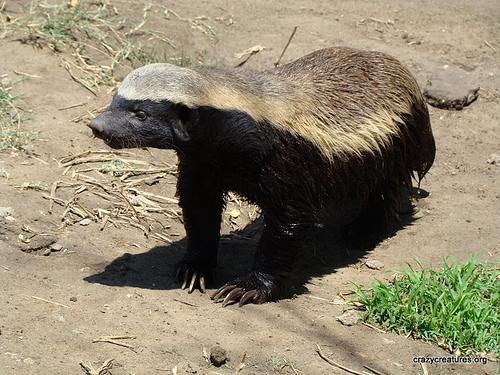
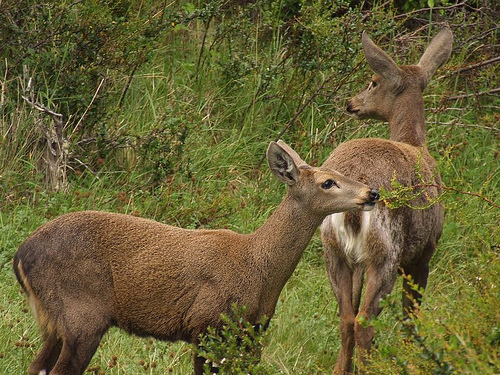
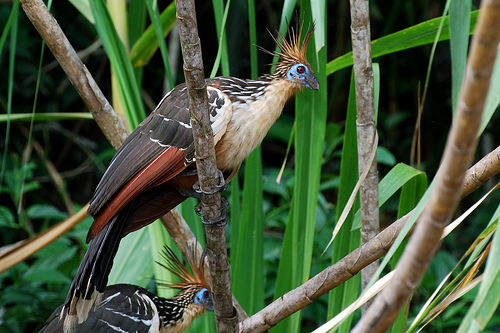

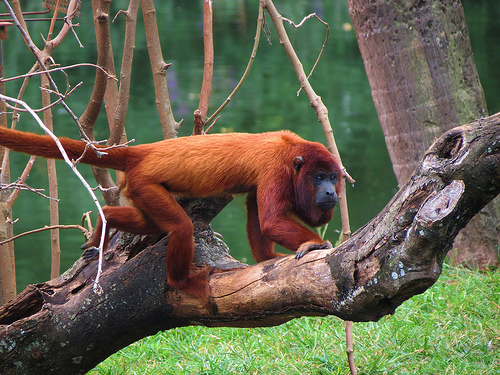
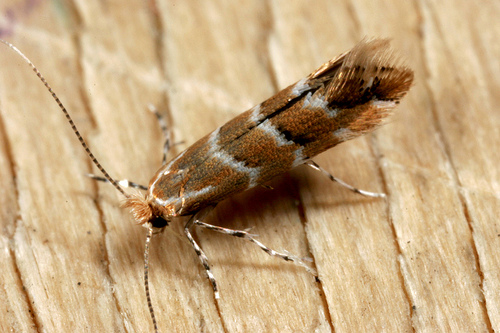
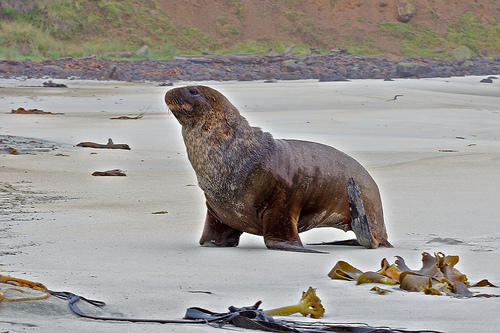
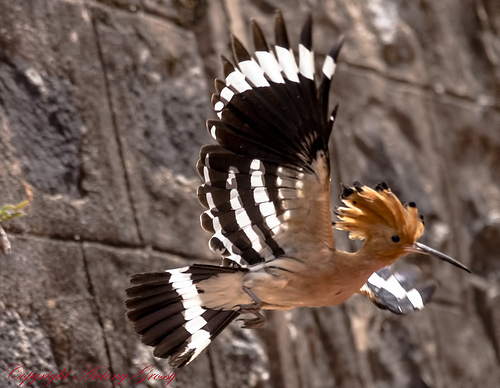
so many amazing "h" animals, it's always great to learn of these amazing things from species i may have not learned if i did not come here.
Is the horse shoe crab the one we called pawikan?
There are honey badgers here in Wisconsin and I have seen one for real! So rare! 🙂
Great info share Kuya! I have seen a hoopoe in person and up close! I see a lot of them here in Dubai during early summer months and they are not so big but have a long beak. Cute birds actually!
wow, all of these are new to me, oh, well I knew monkey, sea-lion, crab but not those kinds…:) thanks for another interesting and informative post. have a great weekend.
I just love looking at those uniquely beautiful "H" friends!!! each of them have characteristics that make me appreciate creation in a way that I can never fully explain…thank you again for another amazing animal virtual adventure! 🙂 Happy weekend po! 🙂
you are very specific in naming animals that start with letter H. thanks for a unique reference.